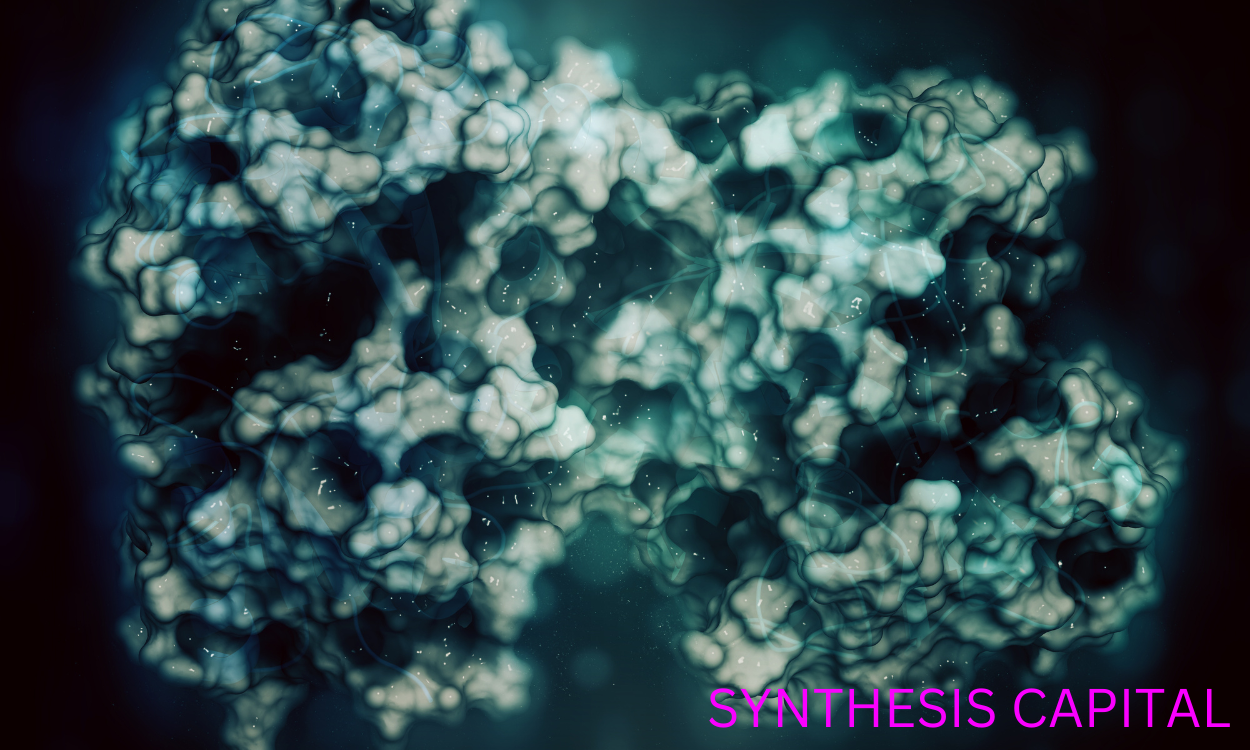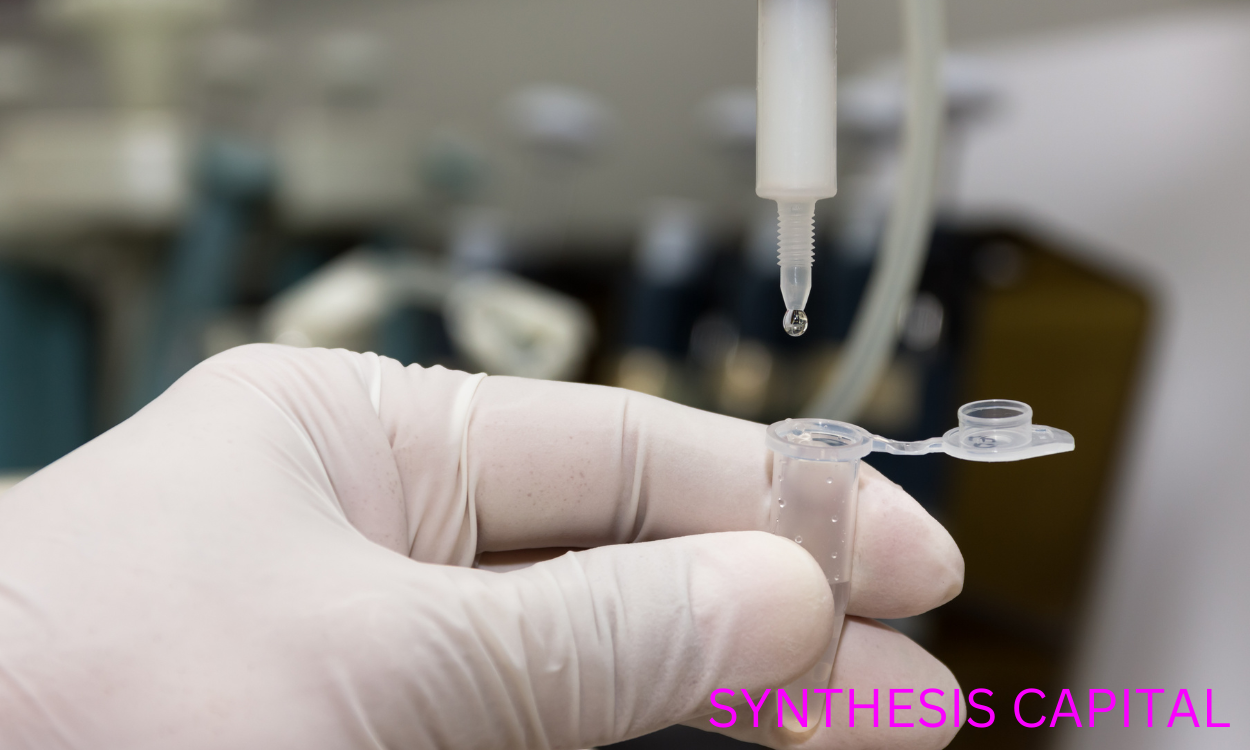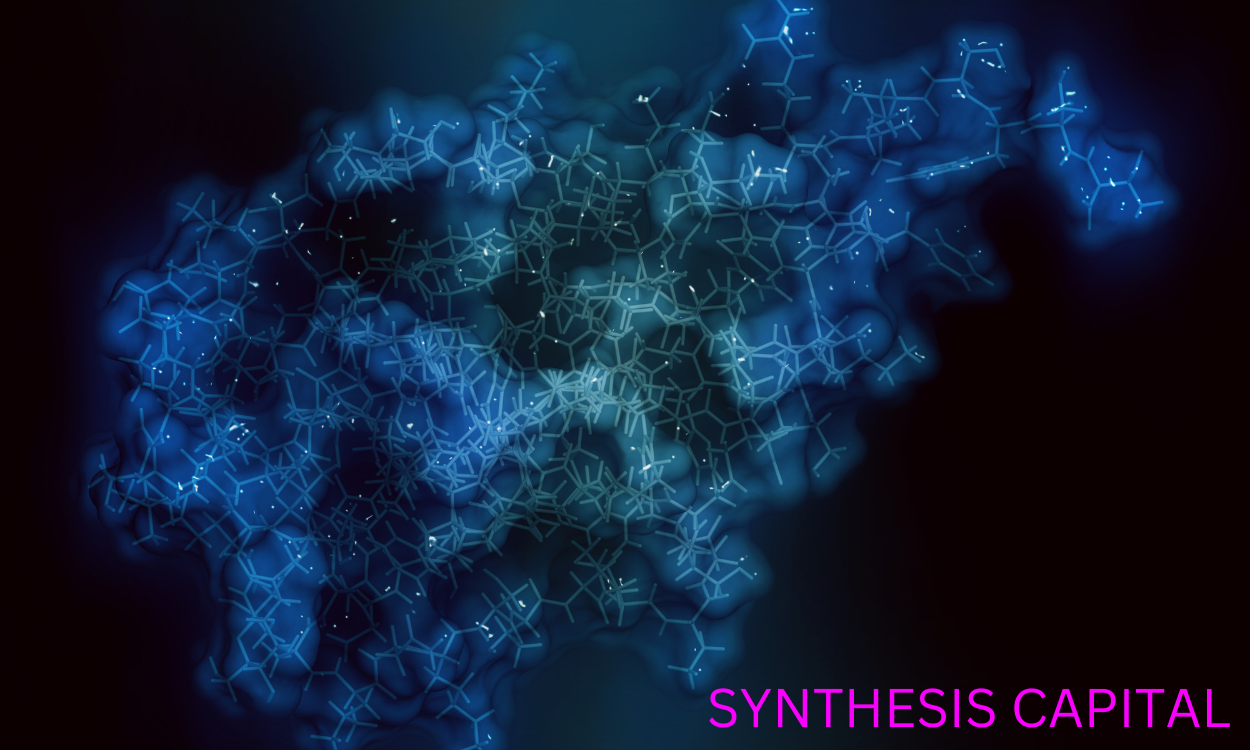The extraction of casein from milk is a common experiment conducted in chemistry labs to demonstrate the process of protein isolation. Casein, a type of milk protein, can be separated from milk by adding an acid such as acetic acid or lemon juice. This causes the casein proteins to clump together and precipitate out of solution. By carefully following the steps of this experiment, students can observe firsthand how proteins can be extracted and isolated using simple chemical techniques. Understanding the extraction of casein from milk is not only important for studying protein chemistry, but also has practical applications in the food industry for producing products such as cheese and yogurt.
Understanding the Purpose of Extracting Casein from Milk
The purpose of extracting casein from milk is to utilize this protein for various industrial and commercial applications. Casein is known for its ability to form strong, flexible films when dried, making it valuable in the production of adhesives, paints, and coatings. Additionally, casein is commonly used as a nutritional supplement due to its high protein content and slow digestibility, making it ideal for promoting muscle growth and recovery. By isolating casein from milk, manufacturers are able to harness its unique properties for a wide range of products that benefit both consumers and industries.

What methods are used to separate casein from other components in milk?
Casein can be separated from other components in milk through various methods such as acid precipitation, enzymatic coagulation, and ultrafiltration. Acid precipitation involves lowering the pH of milk with an acid such as lactic acid or citric acid, causing casein to precipitate out. Enzymatic coagulation uses enzymes like rennet to cause casein to clump together and form curds. Ultrafiltration involves passing milk through a membrane that selectively separates casein based on size, allowing it to be collected separately from other components. These methods are commonly used in the dairy industry to isolate casein for further processing into products like cheese and yogurt.
How does pH affect the extraction of casein from milk?
The extraction of casein from milk is affected by pH due to the protein's sensitivity to changes in its environment. Casein has a net negative charge at neutral pH, which allows it to remain soluble in milk. However, adjusting the pH to acidic conditions causes the protein to lose this charge and aggregate together, forming curds that can be separated from the liquid whey. On the other hand, increasing the pH to alkaline conditions can also disrupt the protein structure, leading to precipitation and easier separation. Therefore, controlling the pH during the extraction process is crucial for achieving optimal yields and purity of casein from milk.
What equipment is needed for the extraction of casein from milk?
Can different types of milk (e.g. skim, whole, almond) be used in this experiment?
How long does the extraction process typically take?
Yes, different types of milk can be used in this experiment as they all contain varying levels of fat, protein, and other components that may affect the outcome. For example, using skim milk with lower fat content may result in a less creamy texture compared to whole milk. Almond milk, on the other hand, is dairy-free and may give a slightly nutty flavor to the final product. By using different types of milk, researchers can investigate how these variations impact the overall results and potentially discover new insights about the properties of milk in cooking or baking.

Are there any safety precautions that need to be followed extraction of casein from milk experiment during the extraction of casein from milk?
The equipment needed for the extraction of casein from milk includes a centrifuge or separator to separate the casein curds from the whey, a pH meter or indicator to adjust the acidity of the milk to facilitate casein precipitation, a thermometer to monitor temperature during the extraction process, a stirring device to mix the milk and aid in casein separation, and a filtration system such as cheesecloth or a filter paper to collect the casein curds. Additionally, chemicals such as rennet or acid can be used to further assist in the precipitation of casein from the milk.
What are some potential applications or uses for extracted casein?
The extraction process typically takes between 1 to 2 hours, depending on the complexity of the procedure and the number of teeth being extracted. This timeframe includes the preparation before the extraction, such as administering local anesthesia and ensuring the patient is comfortable, as well as the actual removal of the tooth or teeth. After the extraction, the dentist will provide post-operative instructions and monitor the patient for any signs of complications. Overall, the extraction process is usually a relatively quick and straightforward procedure that can be completed in a single appointment.
The Successful Extraction of Casein from Milk Experiment
During the extraction of casein from milk, it is important to follow certain safety precautions to ensure the process is carried out effectively and safely. Some key precautions include wearing appropriate protective gear such as gloves and goggles to prevent any contact with chemicals or potential hazards during the extraction process. It is also essential to work in a well-ventilated area to minimize exposure to fumes or odors that may be emitted during the extraction process. Additionally, following proper handling and storage procedures for chemicals and equipment is crucial to prevent accidents or contamination. Overall, taking these safety precautions can help reduce the risk of injury or mishaps while extracting casein from milk.
Extracted casein, a protein derived from milk, has a wide range of potential applications and uses across various industries. In the food industry, casein can be used as a functional ingredient in products like cheese, yogurt, and baked goods to improve texture, flavor, and nutritional content. In the pharmaceutical industry, casein can be utilized in drug extraction of casein from milk experiment delivery systems and as a stabilizer for certain medications. Additionally, casein is commonly used in the production of adhesives, paints, and coatings due to its ability to form strong bonds and create smooth surfaces. Furthermore, casein can also be incorporated into skincare products and cosmetics for its moisturizing and anti-aging properties.

1. Use fresh, full-fat milk for best results in extracting casein.
2. Ensure all equipment is clean and sanitized before starting the experiment.
3. Add a suitable acid (such as vinegar or lemon juice) to the milk to precipitate the casein.